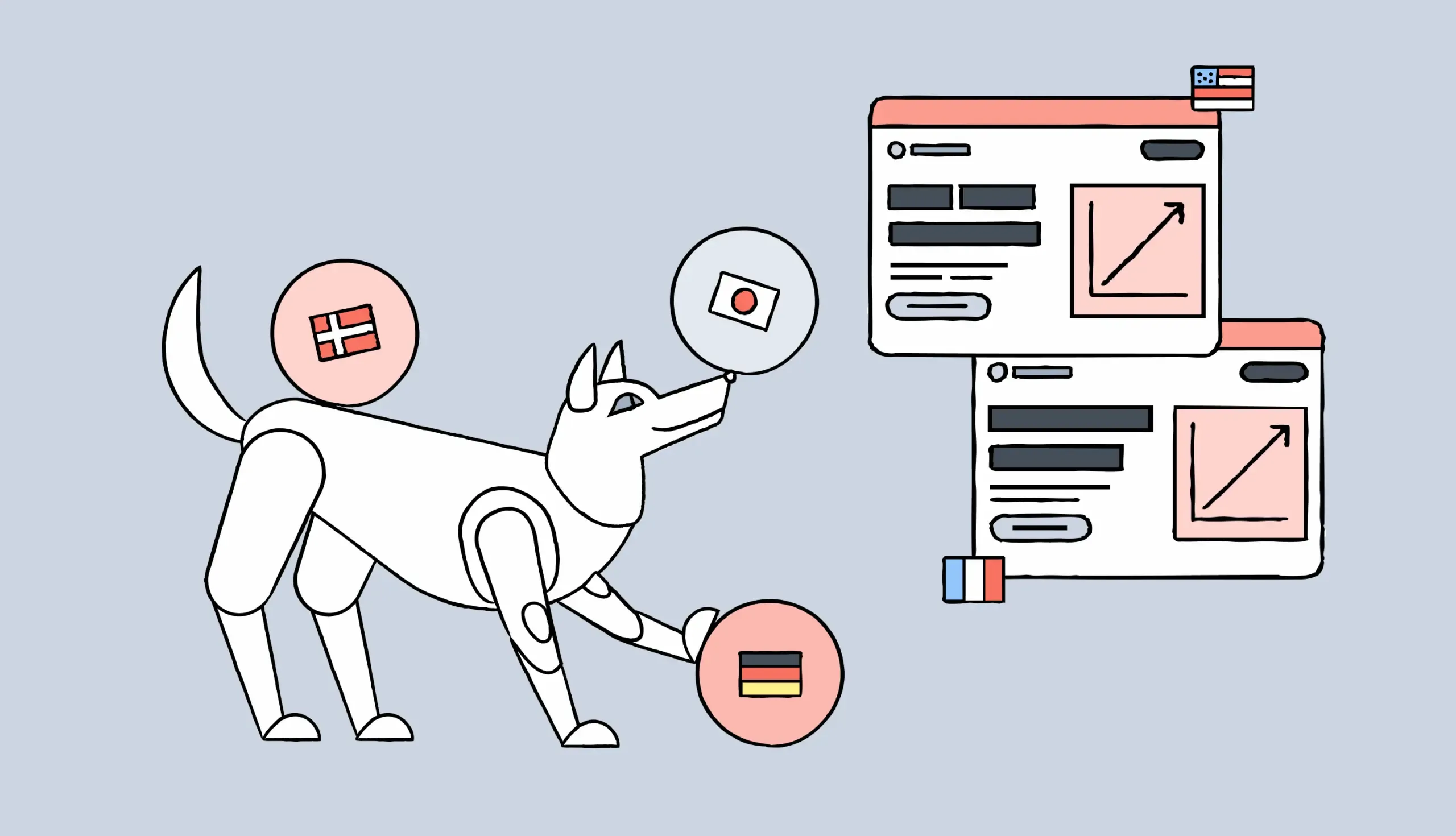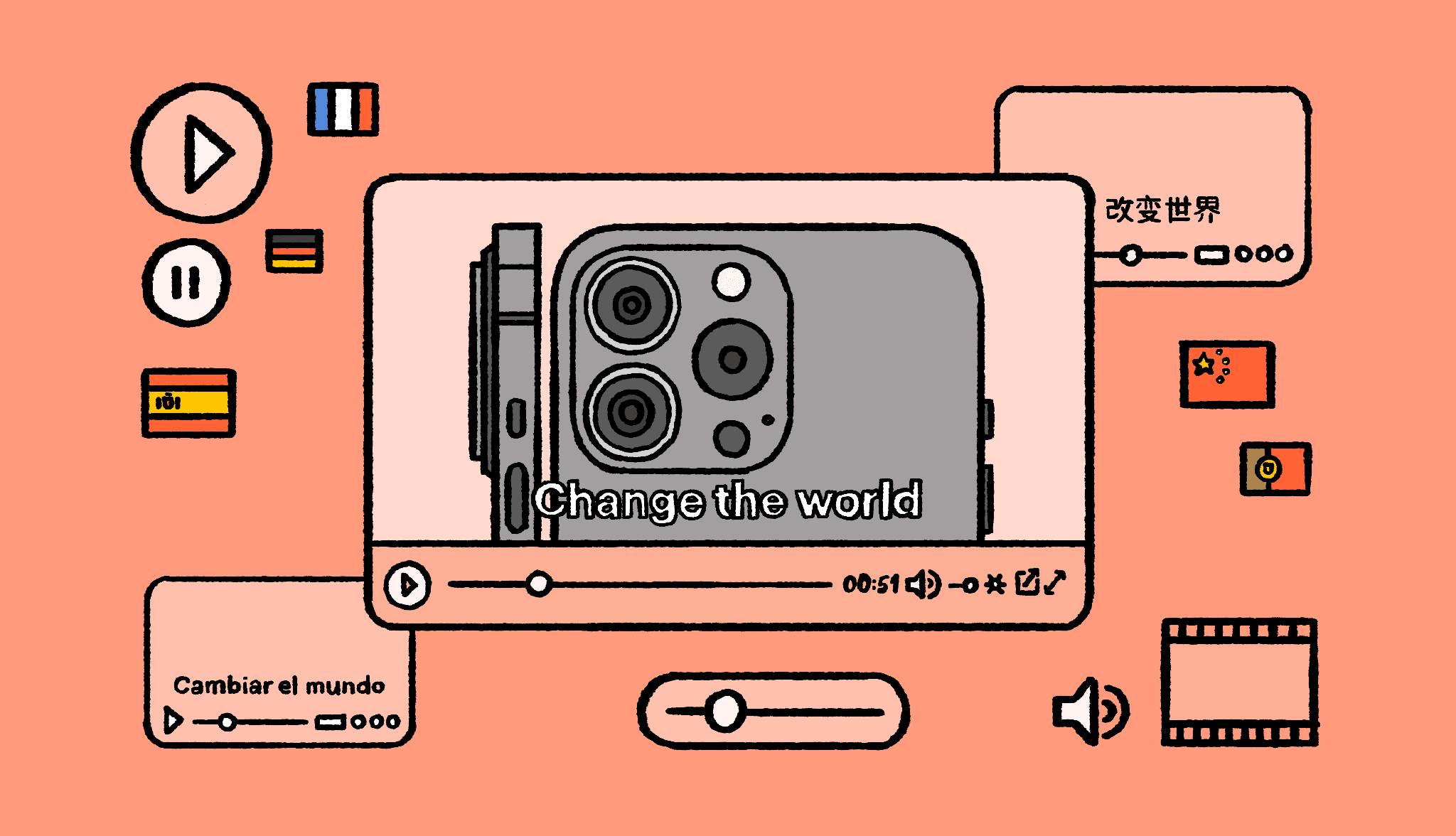Quality assurance
We advise you to test your subtitles along with your video before publishing. It’s also a good idea to get a native speaker who is a subtitling expert to review them. They can check if it’s possible to read the line in the given time, and make sure the meaning is there.
Subtitling translation with Lokalise
There are plenty of subtitle translation software out there, but Lokalise stands out with features that can support you at any scale, whether you're handling a small project or a larger one. No matter what your needs are, Lokalise has you covered.
SRT file support
Gone are the days of burning subtitles directly onto a video. The best way to add subtitles to a video is in a plain text file, which is separate from the video.
Subtitle file formats like SRT file contain information regarding the subtitles, including the start and end time codes of the text, so your subtitles match your audio. This format is widely accepted by video hosting sites such as Vimeo or YouTube.
Project management
If you’re dealing with a large subtitle translation project, you’ll need a software that can support your workflow. With Lokalise, you can create chained tasks, assign them to translators, and automate rules. By speeding up repetitive tasks and streamlining your localization efforts, you’ll get to market much faster.
Glossary and translation memory
Create and share a glossary (also known as a termbase) to ensure industry-specific terms are maintained throughout your subtitle translation project. You can also use the glossary across multiple projects and between multiple collaborators.
Using translation memory will vastly help your translators too. They won’t need to repeatedly translate the same things, and can maintain consistency throughout the project.





